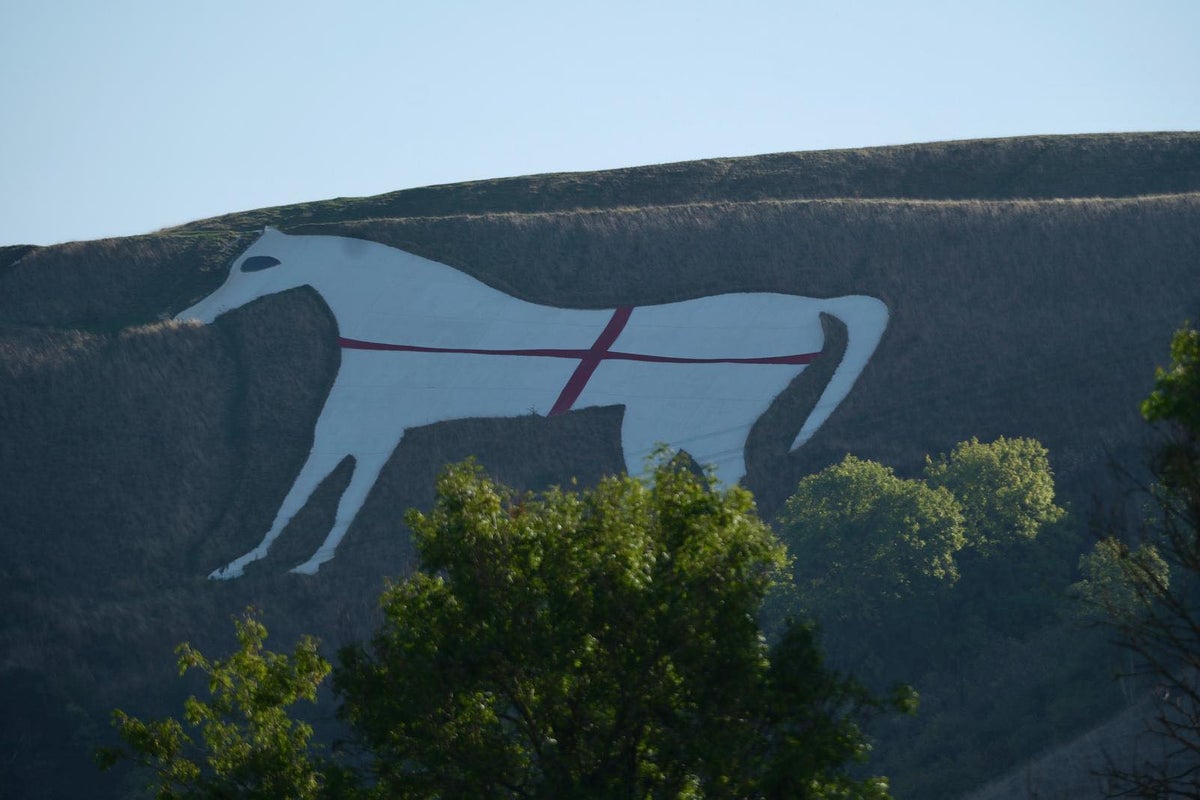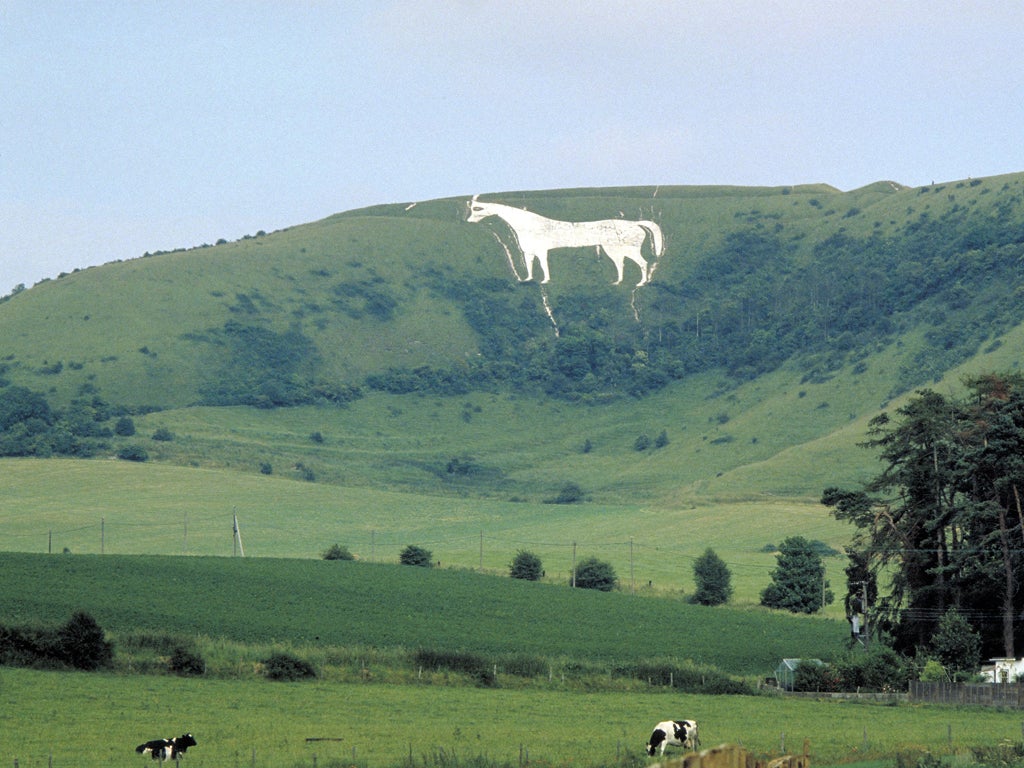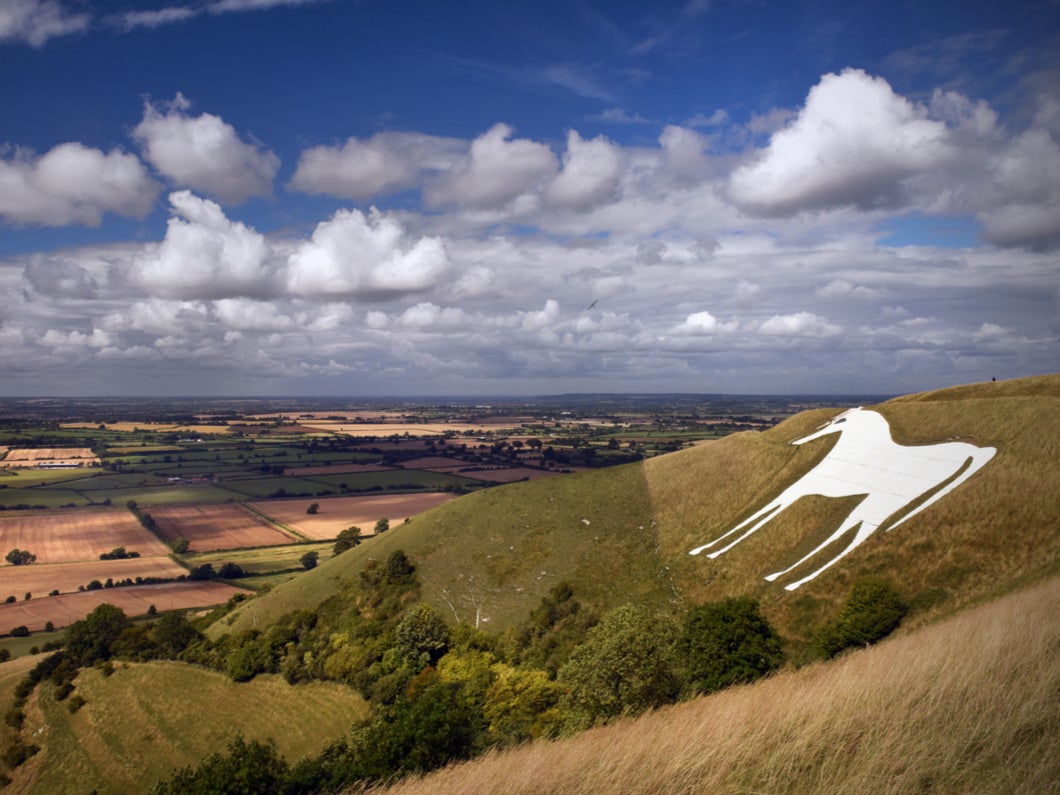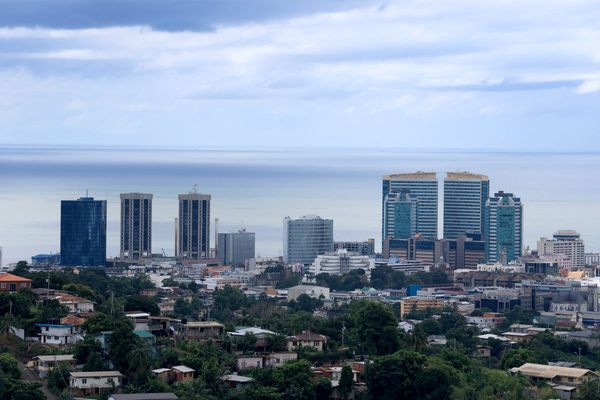
A historic chalk figure, the Westbury White Horse, will be checked for damage after red fabric was pinned across it to form a St George’s cross.
English Heritage confirmed the fabric would be removed from the 180ft high landmark as swiftly as possible, with a spokesperson adding: "Red fabric has been attached to the Westbury White House.
“We’ll be removing it as soon as we can and seeing whether the pegs that were used have caused any damage to this much-loved historic landmark."
Carved into chalk grassland below an Iron Age hillfort at Bratton Camp in Wiltshire, the Westbury White Horse is visible for miles.
Local records suggest its creation in the late 1600s, likely commemorating the Battle of Ethandun, thought to have taken place at Bratton Camp in 878 AD.
The motive behind the St George’s cross being pinned to the landmark remains unclear.

However, there has been widespread flying of Union and St George’s cross flags following an online campaign.
Some people have celebrated the campaign, while others claim the increased number of flags is a result of xenophobia or racism.
In a statement, a spokesman for Wiltshire Police said: “We are aware of red material being pinned across the Westbury White Horse to form the St George’s Cross.
“No criminal offences are thought to have been committed and we are not investigating it.”
In a statement, Westbury Town Council shared: “We’re aware that a cross has recently been placed on the White Horse.
“The landowners, English Heritage, have been informed, and are arranging for a roped access team to attend the site as soon as possible to remove and assess any damage.”

The plastic was thought to have been put in place by an England fan in the run-up to the England team’s highly anticipated semi-final match against Croatia.
The horse originally had to be scoured to keep it white, with the last recorded scouring taking place in 1853.
In the 1950s, it was covered in white-painted concrete but this turned grey and was replaced in 1993.
English Heritage researched methods for cleaning the horse, with a specialist steam cleaning system first used in 2006.
The system creates a clean surface, which environmentally friendly white paint can then be applied to.
There have been further cleaning and repainting rounds in 2011, 2016 and 2018.
In 2023, an extensive clean and repair work took place. This involved a conservation team abseiling down the near-vertical face of the horse.







